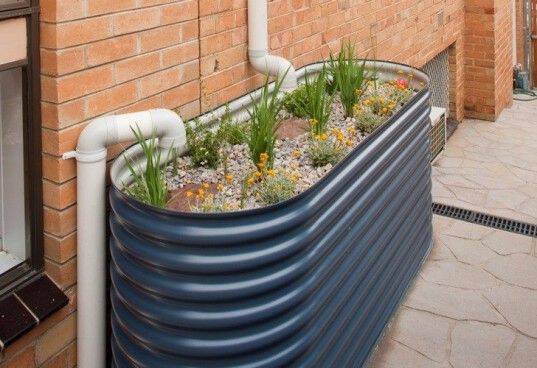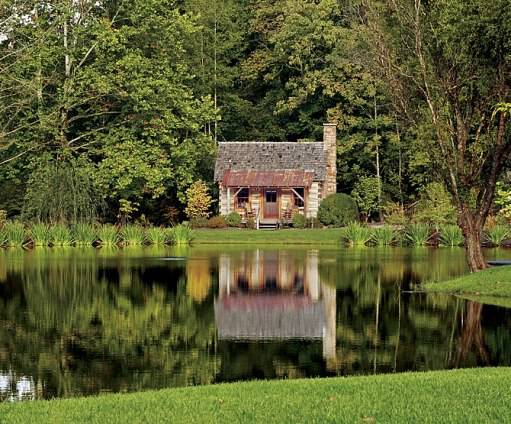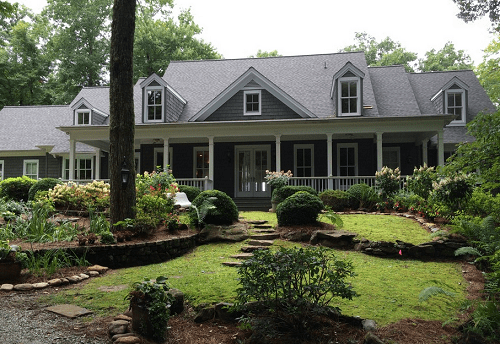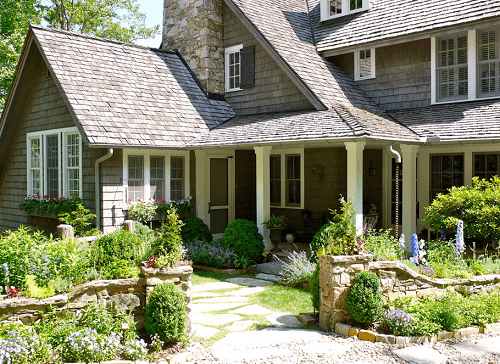
At a typical home, rainwater gushes out of the downspout, across the lawn, into the street, and down a storm drain — never to be thought of by the homeowner again. What they’re probably not considering is pollution from storm drains is dumped into local streams, rivers, and bays. The clever few take rainfall and build rain gardens, and here’s why:
- Your simple gutter water can be diverted into a visually stunning garden. Soil in the planting beds works like a sponge, filtering the water and allowing it to percolate into the surrounding area.
- Because rain gardens capture and filter water from roofs, driveways, and parking lots, they actually improve water quality in nearby bodies of water.
- You can inexpensively store over one hundred gallons of collected water to use for your garden and other outdoor purposes.
Tips on How to Build a Rain Garden for a Sustainable Landscape
Before you begin, ask your local Cooperative Extension Office to inform you about soil mix, garden size, and plants for your specific area. Start by obtaining one or more water storage barrels. You can acquire them used or online; just be sure to thoroughly clean them with soapy water. A barrel that can hold between 30 and 55 gallons is best, and you can connect two or three together as part of the same water collection system.
Creating a rich plant basin to collect and filter storm water involves three planting zones for wet, semi-wet, and dry conditions. When choosing native plants for your rain garden, you’ll need to consider the height, bloom time, color, and overall texture of each plant. Choosing plants that bloom at different times will result in a beautiful, long flowering season.
To give your rain garden the best chance of flourishing, seek out an area of your landscape that isn’t already overly soggy. We also suggest selecting plants that have a well-established root system. Generally, plants need one inch of water per week immediately after planting, so be sure to baby them!
Contact Dargan Landscape Architects today to start planning your sustainable rain garden.



